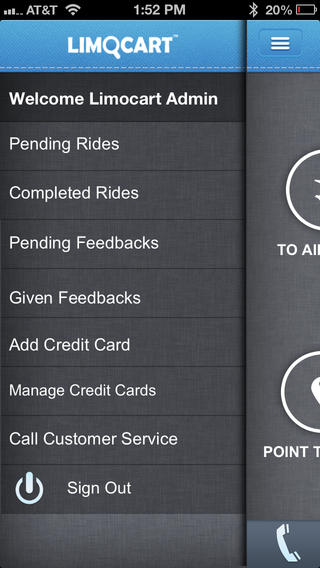Top Mobile App Development Strategies for Enterprise Mobility
An enterprise application is the phrase used to describe applications that a business would use to assist the organization in solving enterprise problems. Today growth in direct revenues from app stores is slowing, while demand for good mobility solutions is outstripping supply. Enterprise app development has occupied a major part of the mobile app development industry. The mobile apps for enterprise is to utilize the advantages of mobile, handheld devices and internet bandwidth for growing the business / building the brand. There is a clear trend towards custom mobile app development rather than off-the-shelf products.
In today’s corporate environment, enterprise applications are complex, scalable, distributed, component-based, and mission-critical. Designing and developing enterprise applications means satisfying hundreds or thousands of separate requirements. The failure to meet any of these requirements can mean the failure of the entire project! Hence it is very essential to develop the app strategically. An enterprise software development strategy can be considered with various angles, specifically the development tools. While there are countless software development tools for mobile, there are 3 main categories to be considered:
Use a Single-Source, Native, and Multi-Device Solution:
One should allocate a single development team which can build apps for both iOS and Android, and also target desktop platforms using the same source code. They should be capable of building apps that are close to the specific device in terms of UI, libraries, and native execution, but at the same time allow them to use a single development tool and a single programming language. This is a clear approach that can help reduce development costs significantly. Moreover, if the solution fully integrates with the device, it becomes possible to call platform specific SDK APIs when needed.
Make use of Platform Tools:
Platform specific tools, like Apple, Google, and Microsoft, offers a high level of integration with their respective platforms, with specific user interface capabilities and all of the services the devices provide made available to the developer. This is a nice approach, however it comes with some limitations. The first one is that the Os vendor will not focus much on database and enterprise data integration. And the second one is that the code which is built here is written in different languages, using different development environments and tools, with different UI designers, and accessing totally different libraries. If you are building the app for the different phone platforms with the same features, user interface and data access, it doubles the app development costs, with the extra effort of keeping two (or more) development teams in synch on features and release dates.
Use of HTML and JavaScript:
HTML and JavaScript are mainly used for building mobile apps, using one of the available libraries that offer a conduit to the actual device exposing some of its services. The code is executed on the user’s processor instead of the web server, thus saving bandwidth and strain on the web server.
The advantage of using a single development process and programming language and tools across platforms is rapidly offset by the problems of this solution. The apps which you built using HTML and JavaScript are not natively integrated to the platform in terms of user interface, services integration, and code execution. However this scripted solution is exposed to security risks of the required runtime and limited protection of the original source code.
Developing a niche enterprise app – the one that can transform the way work gets done – is the key to unlocking enterprise mobility’s potential. There are various strategic solutions for developing the enterprise app that falls in different categories and respond to different developer needs. However keeping the single-source native multi-device solutions among the options is very important, as they offer a significant benefit to the platform specific solution and those based on run-time engines.
Mobile Commerce will be pushed forward by Mobile Pay
Use of mobile phones and its convenience has enabled the mCommerce industry in a great extent. Several e-commerce leaders began to shut down their websites and decided to do ecommerce only through mobile applications. There are many big ecommerce companies who consider mobile traffic in making major marketing decisions. About 90% of the e-commerce traffic is either through smartphones or tablets. Therefore, this trend can be even greater with the latest technologies such as mobile payment options offered by platforms and devices.
Mobile payments are expected to gain traction.
In 2019, we will see the increase in the number of payments through mobile apps as most banks are now offering mobile banking services. Moreover, mobile wallets like Paytm have already created a loud buzz at the center and so we can expect some other players from mcommerce too joining the competition. Within the coming years, more and more people will be going to digital methods where the transfer of funds and transaction becomes a cakewalk. According to a recent report, the mobile payment is forecasted to reach $503 billion by 2020 with a compound annual growth rate of 80% between 2015-2020.










Leave a comment